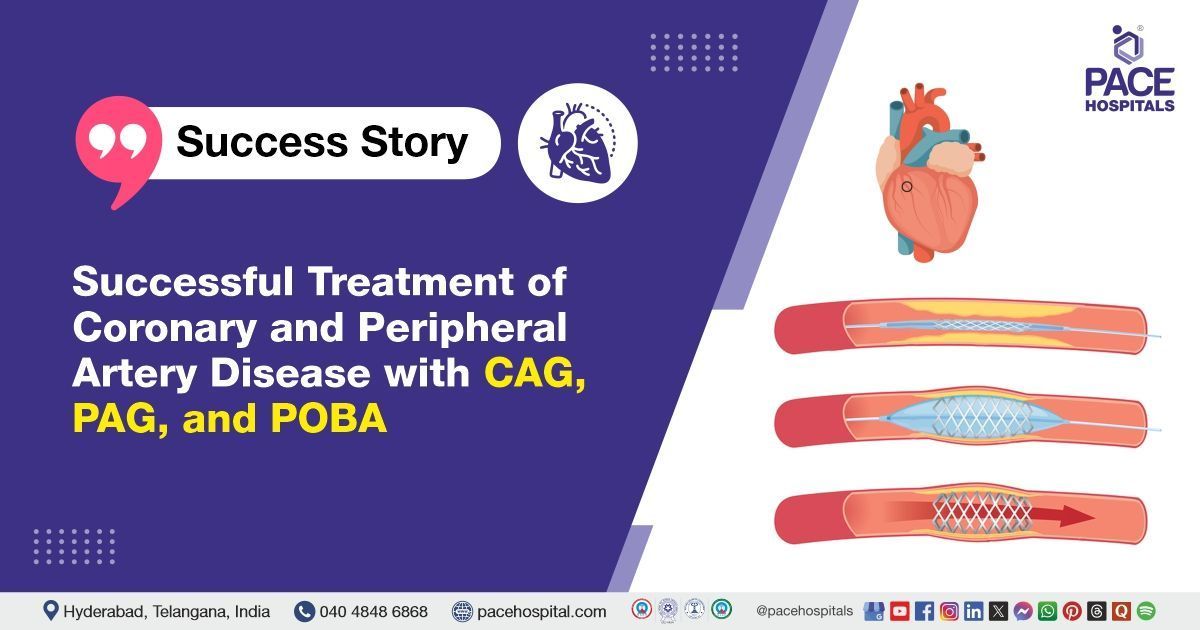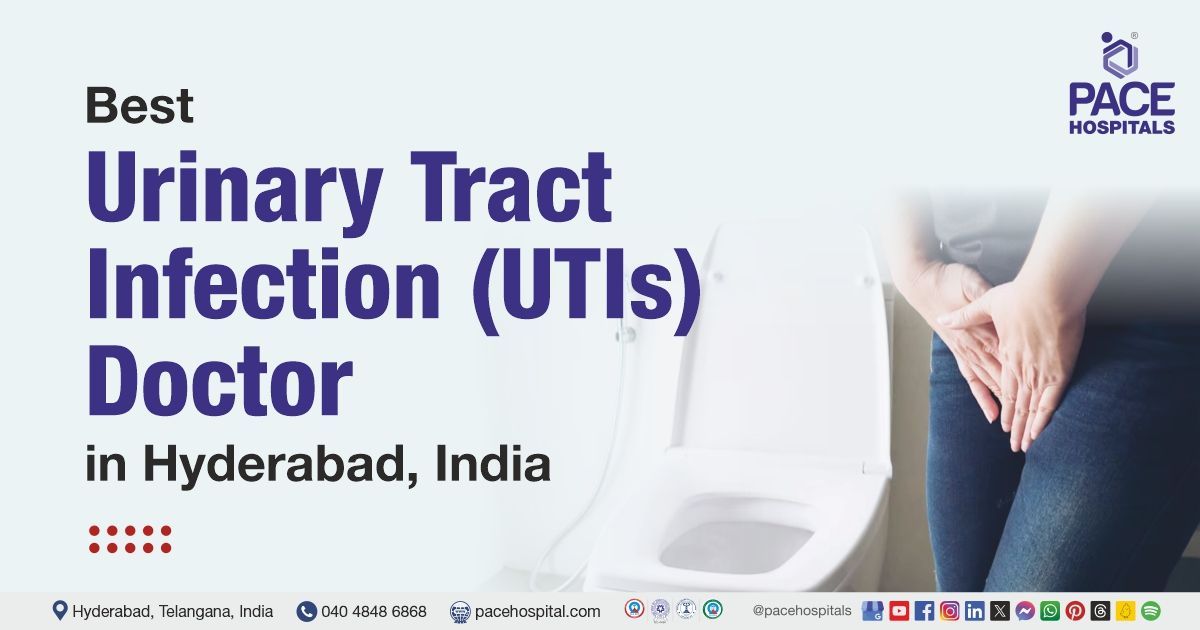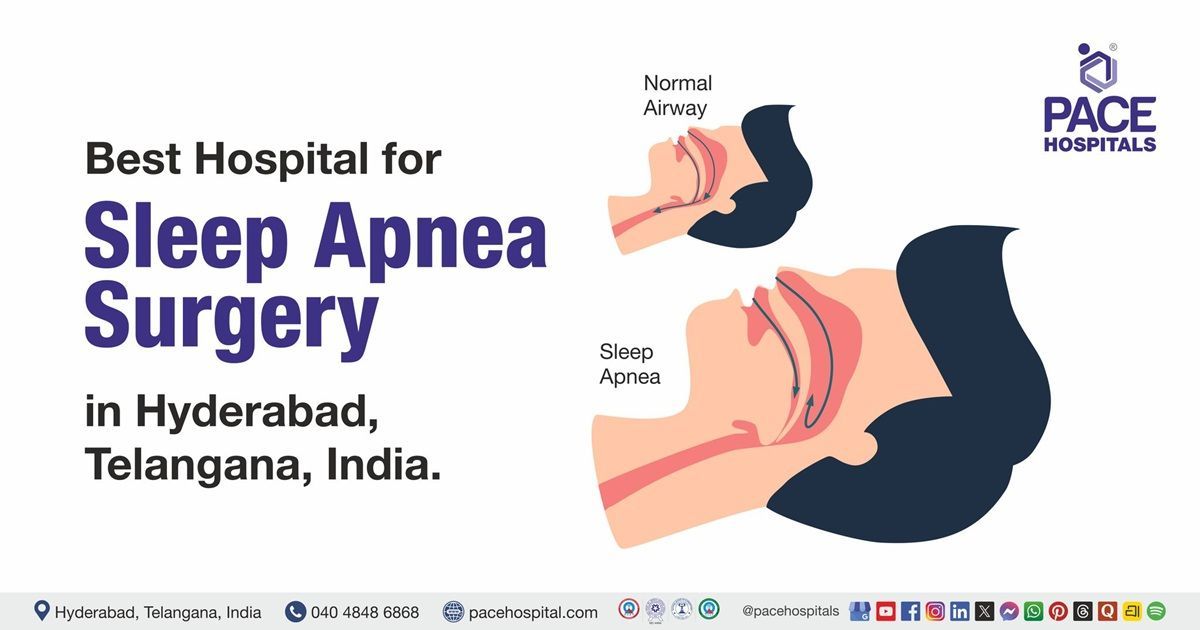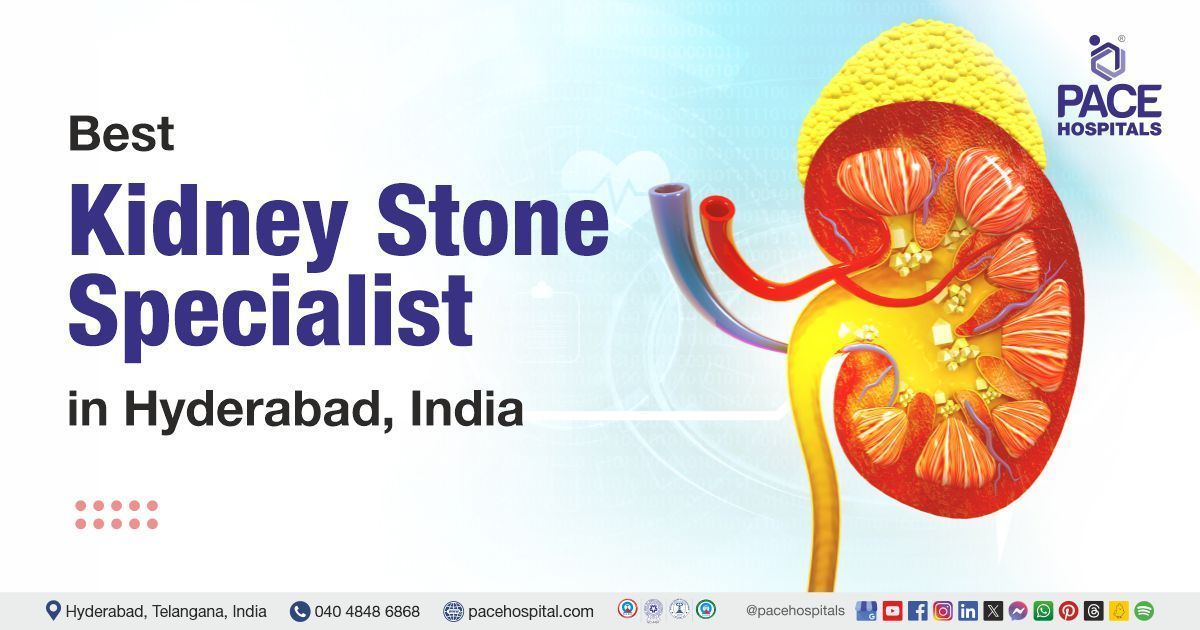Coronary and Peripheral Artery Disease Successfully Treated with CAG, PAG, and POBA
The Cardiology team at PACE Hospitals successfully performed a Coronary Angiogram (CAG), followed by Percutaneous Angioplasty and Guidewire (PAG), along with Plain Old Balloon Angioplasty (POBA) of the Right Coronary Artery (RCA) to manage coronary artery disease accompanied by peripheral artery disease, aiming to prevent future complications.
Chief Complaints
A 78-year-old male patient presented to the Cardiology Department at
PACE Hospitals, Hitech City, Hyderabad, with complaints of shortness of breath for one day, along with generalized weakness.
Medical History
The patient has a known medical history of bronchial asthma, gastritis, and coronary artery disease (CAD), which is further complicated by heart failure with reduced ejection fraction (HFrEF).
He had previously undergone percutaneous transluminal coronary angioplasty (PTCA) with stent placement in both the left anterior descending (LAD) artery and the right coronary artery (RCA) at an external facility, outside PACE Hospitals.
General examination
Upon admission to PACE Hospitals, the patient's vital signs were stable. On general examination, the patient was conscious and coherent. Cardiovascular examination revealed normal S1 and S2 heart sounds. Neurological assessment showed no focal neurological deficits (NFND). Respiratory examination indicated bilateral air entry with normal vesicular breath sounds. Abdominal palpation revealed a soft, non-tender abdomen with no evidence of organomegaly.
Diagnosis
Following a comprehensive physical examination, the patient was found to have experienced shortness of breath over the past day, accompanied by generalized weakness. Diagnostic investigations confirmed the presence of coronary artery disease (CAD), which reduces blood flow to the heart and increases the risk of chest pain and myocardial infarction (heart attack).
Additionally, the patient was diagnosed with peripheral artery disease (PAD), a condition marked by the narrowing of arteries in the limbs, leading to symptoms such as leg pain, cramping, and weakness. When combined with coronary artery disease (CAD), these vascular conditions significantly increase the risk of serious cardiovascular events and complications. Therefore, a comprehensive treatment plan was initiated, focusing on improving overall blood circulation and minimizing the strain on the heart to ensure better clinical outcomes.
Medical Decision Making (MDM)
After consulting with Dr. Sashi Vardhan Janjirala, along with other consultants Dr. K Ravi Chandra, and Dr. J Sharanya, a comprehensive evaluation was conducted to determine the appropriate course of treatment for the patient. Their collective expertise led to the conclusion that coronary angiogram (CAG) + percutaneous angioplasty and guidewire (PAG) and plain old balloon angioplasty (POBA) to the right coronary artery (RCA) would be the most appropriate option for patients seeking coronary artery disease treatment in Hyderabad, especially when combined with peripheral artery disease
The doctors chose Coronary Angiogram (CAG), Percutaneous Angioplasty with Guidewire (PAG), and Plain Old Balloon Angioplasty (POBA) as a combined approach to diagnose and treat the patient's blocked heart arteries. CAG was first performed to visualize the extent and location of the blockages. Once identified, a guidewire was used during PAG to safely reach the narrowed section of the artery. POBA was then carried out by inflating a small balloon at the site of the blockage to widen the artery and improve blood flow. This minimally invasive treatment was selected to effectively manage the patient’s coronary artery disease, especially in the presence of peripheral artery disease, and to reduce the risk of future cardiac complications.
Surgical procedure
All necessary investigations were completed, and a cardiology consultation was obtained. Based on the findings, the patient underwent a coronary angiogram (CAG), followed by percutaneous angioplasty with a guidewire (PAG) and plain old balloon angioplasty (POBA) targeting the right coronary artery (RCA).
During the procedure coronary angiogram revealed significant blockages in the right coronary artery (RCA), necessitating percutaneous angioplasty with guidewire (PAG) and plain old balloon angioplasty (POBA) to access the narrowed area and dilate the affected portion of the RCA, aiming to alleviate symptoms and reduce the risk of further cardiac events by restoring proper circulation.
Postoperative Care
The patient had an uneventful recovery following the procedure, with no immediate complications. All required investigations were completed. However, on the fifth day of admission, after undergoing a coronary angiogram, percutaneous angioplasty, and balloon angioplasty, the patient developed anuria (absence or severely reduced production of urine).
A urologists' consultation was obtained, leading to catheterization, and an ultrasound revealed Grade-2 prostatomegaly. Additionally, a psychiatric evaluation was conducted, and appropriate treatment was initiated. The patient was clinically stable and was discharged with appropriate medications and detailed follow-up instructions.
Discharge Medications
Upon discharge, the patient was prescribed a combination of medications including anticholinergics, nonsteroidal anti-inflammatory drugs (NSAIDs), antidiabetic agents, multivitamin supplements, anticonvulsants, alpha-1 adrenoceptor blockers, benzodiazepines, and antacids.
Advice on Discharge
The patient has been advised to undergo Percutaneous transluminal angioplasty (PTA) for both lower limbs during the next admission to improve blood flow and manage peripheral artery disease-related symptoms like leg pain and weakness.
Emergency Care
The patient was informed to contact the Emergency Ward of PACE Hospitals, Hyderabad if they observe any symptoms such as fever, abdominal pain, or vomiting.
Review notes
The patient is scheduled for a follow-up visit in the outpatient department (OPD) after one week with Dr. Sashi Vardhan Janjirala for evaluation and further planning of Percutaneous Transluminal Angioplasty (PTA) for both lower limbs.
Importance of Coronary Angiogram and Angioplasty in Managing CAD and PAD
A coronary angiogram (CAG) was performed by a cardiologist/heart specialist to assess the extent of coronary artery blockages, revealing significant stenosis in the right coronary artery (RCA). To restore blood flow, percutaneous angioplasty with a guidewire (PAG) was carried out, followed by plain old balloon angioplasty (POBA), successfully dilating the narrowed RCA. These interventions not only improved circulation to the heart but also contributed to managing peripheral artery disease (PAD) by enhancing overall vascular health. This multi-step approach aims to reduce the risk of heart attacks, alleviate symptoms, and prevent further cardiovascular complications, providing comprehensive management for both coronary artery disease (CAD) and PAD.
Get an appointment with
Share on
Request an appointment
Fill in the appointment form or call us instantly to book a confirmed appointment with our super specialist at 04048486868











